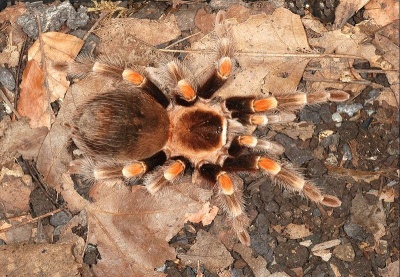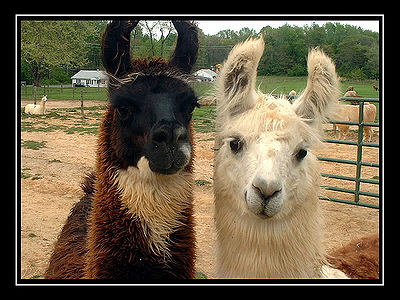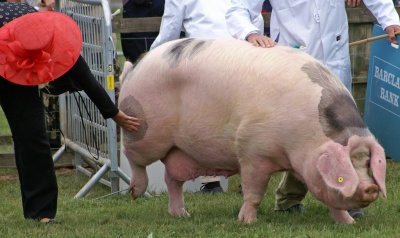
Although ants can’t be handled and played with, they can be fun and interesting to observe. You can watch them play with each other, work together and create tunnel systems. They are not noisy or messy and don’t consume a lot of food.
Contents |
Choosing ants
You can go out into your backyard and gather a colony of ants or you can purchase an entire colony. It is best to keep a colony which includes a queen, not just worker ants. If you have patience, you can capture a queen bee and wait until she creates her own colony. If you are just starting out with ant keeping, don’t buy expensive ants or expensive equipment, because you might lose the whole colony and have to start all over again. Once you have successfully cared for a local species, you can consider buying a more difficult species.
Housing
Ants can be kept in a tank with soil at the bottom. The type of soil is dependent on the type of ant you are keeping. In order to keep the ants in, you need a “fence” or moat around the outside of the tank, filled with vegetable oil, cologne, ethanol or even plain old soap. If you provide the ants with sufficient food and water, they will make fewer attempts to escape. The tank needs to be big enough for the ants to move around comfortably inside it. Ants prefer darkness, so when not observing them, the tank should be covered to block out light.
Nutrition
Ants should be fed sugary foods and dead insects. They do need meat in order to survive. It’s best to keep the pieces of food small, to make it easier for the ants to eat them. A dab of honey on a water soaked paper towel or a dead caterpillar can easily be eaten by ants. Since different types of ants like different foods, you may have to experiment until you find a way to fill your ants’ nutritional needs. Foods which are not consumed should be removed from the tank before they become moldy.
Ant Farms
Ant farms were first invented in 1956 and have been sold since then as an “educational toy.” The newer types of ant farms have the ants tunneling through a blue gel. This toy has been criticized for not teaching children to respect animals in their natural environments. It doesn’t showcase the way ants live, work and interact naturally. A better way to teach kids about ants might be to send them outside into the garden with a magnifying glass. Ants living in ant farms are likely to die quickly because kids get tired of them and stop caring for them. Artist Chris Dunmire has created a “Free-Range Ant Farm Poster” as a way of objecting to this method of keeping ants.



